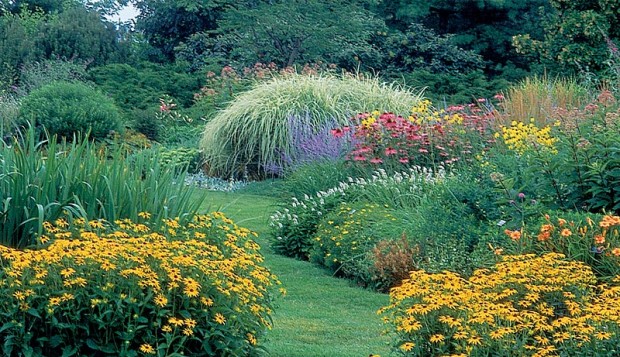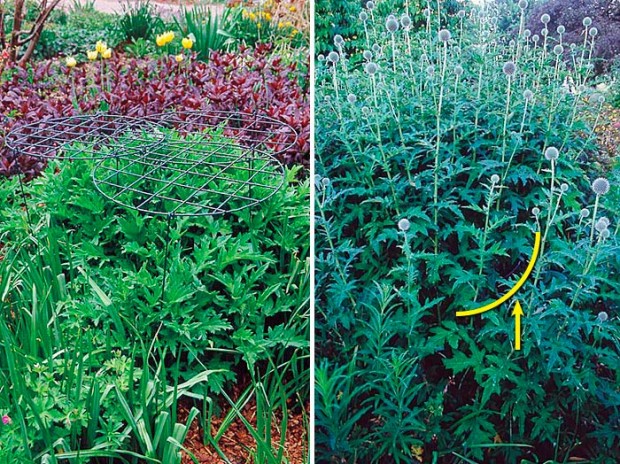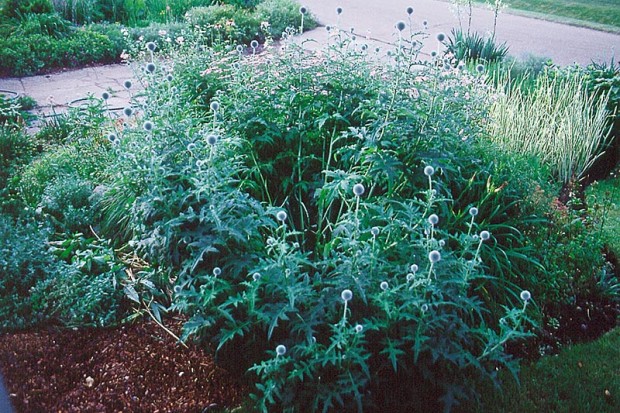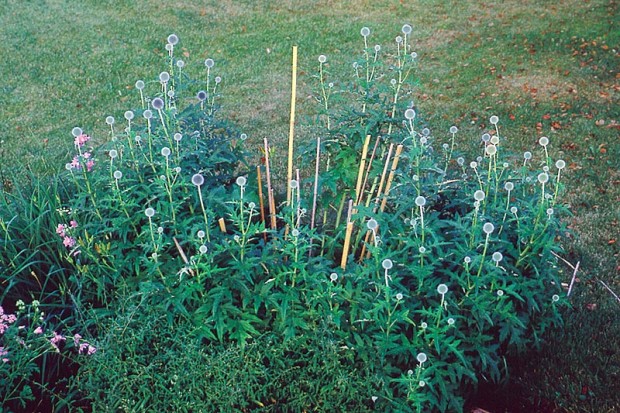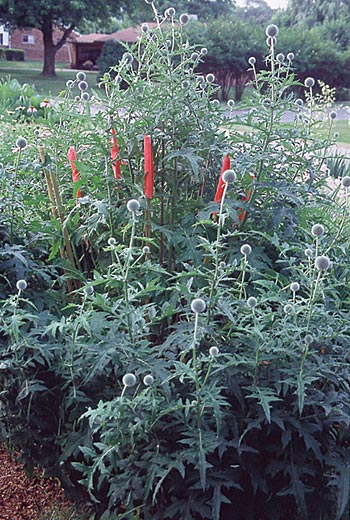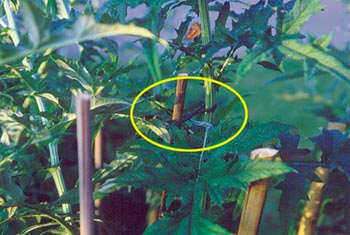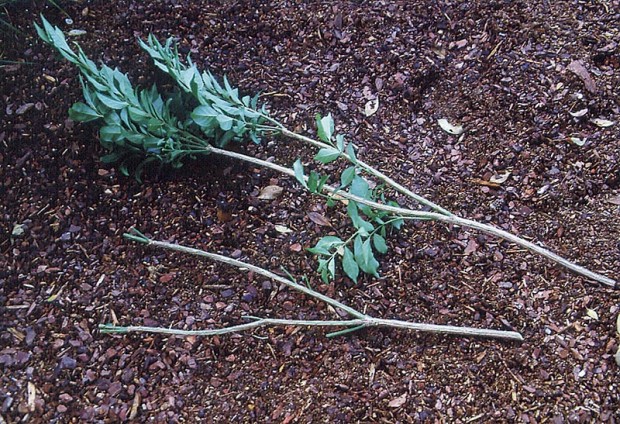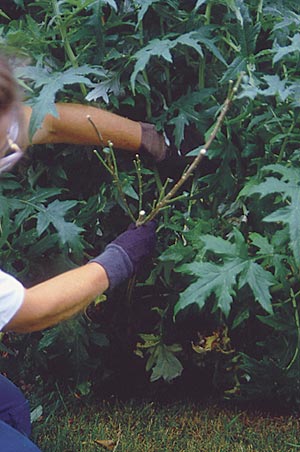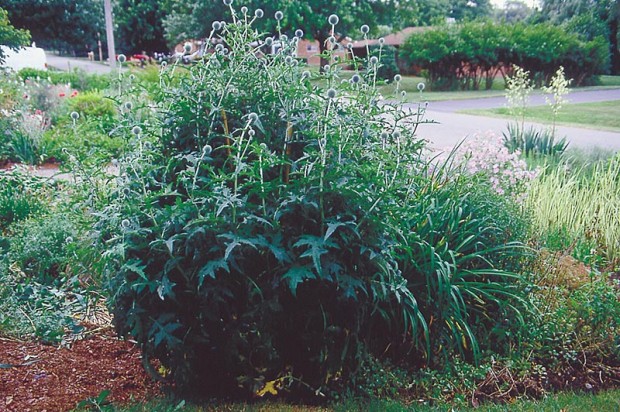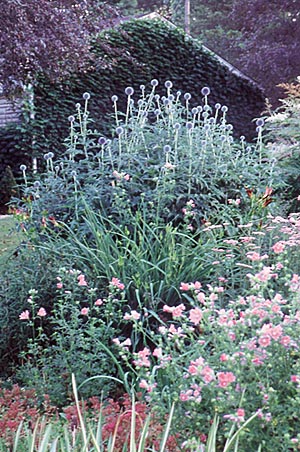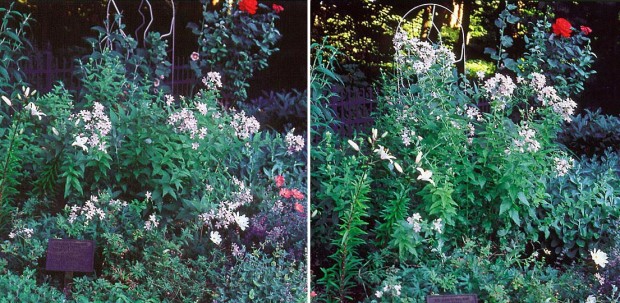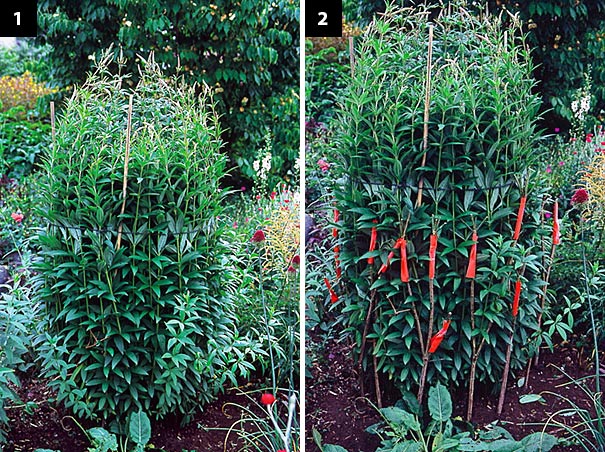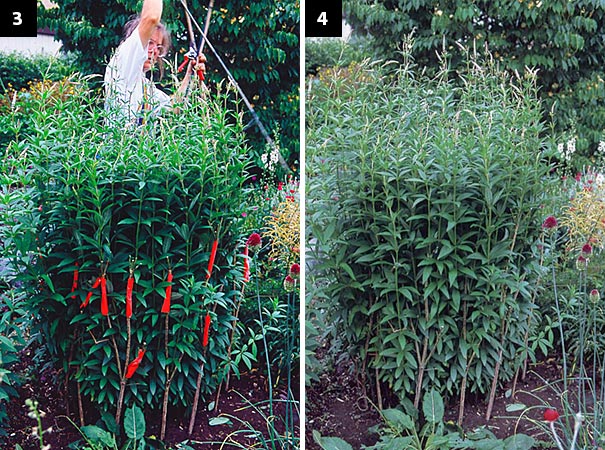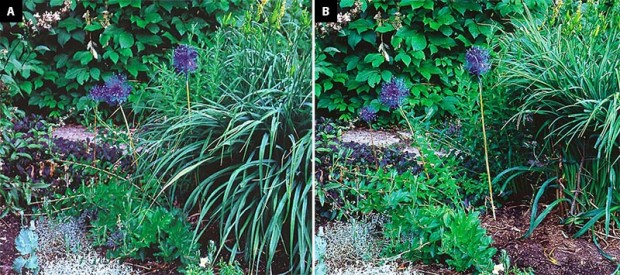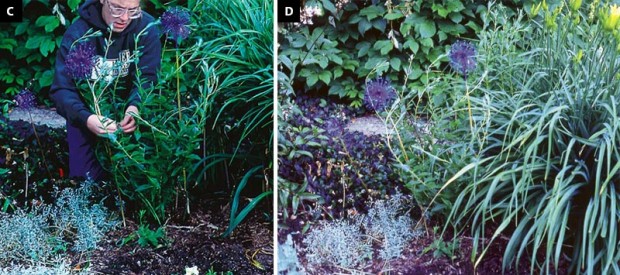I planted a variety of hostas 4 to 5 years ago. A couple have new side growth that is different from the parent plant. Would these plants be a cross from two different hostas or are they reverting back to the original plants that they were hybridized from?
Hostas are hardy, easy-to-grow, shade-tolerant perennials known primarily for their beautiful foliage. Their leaf color can be affected by the amount of sun the leaves receive: a variegated variety planted in full shade tends to turn to solid green during the summer and come back up variegated the next spring.
They can sometimes backmutate: new shoots revert back to one of the parents. Well over half the varieties were found as “sports” or mutations on existing cultivars. A sport occurs when a plant mutates into a different color leaf pattern. For example, a gold hosta may sport to a gold with a green edge, or any other number of color pattern changes. The reason that so many sports are found is that they are genetically fairly unstable. A new term has been coined for folks who intentionally indulge in this new and popular pastime of looking through nurseries for these mutations: “sport fishermen.”
Hostas can also be grown from seed. Just like people, their offspring will not look exactly like their parents, but they will share a few of the same characteristics. The leaf color of the seedling will be derived from the color in the center of the leaf of the parent plant (grandparents are included here also). Green varieties will usually produce green offspring, blue varieties will produce some blue, some green, and some gold offspring. Gold hostas will produce some of each also. Edged variegated hostas will not produce variegated offspring. Only cultivars that have white streaks (streaky) in the center of the leaf will produce variegated offspring. White-centered cultivars will produce all white hostas which usually die due to a lack of chlorophyll.
Related: Hostas: sun vs. shade
Roadtrip: Check out the Hosta Hillside at Hidden Lake Gardens

